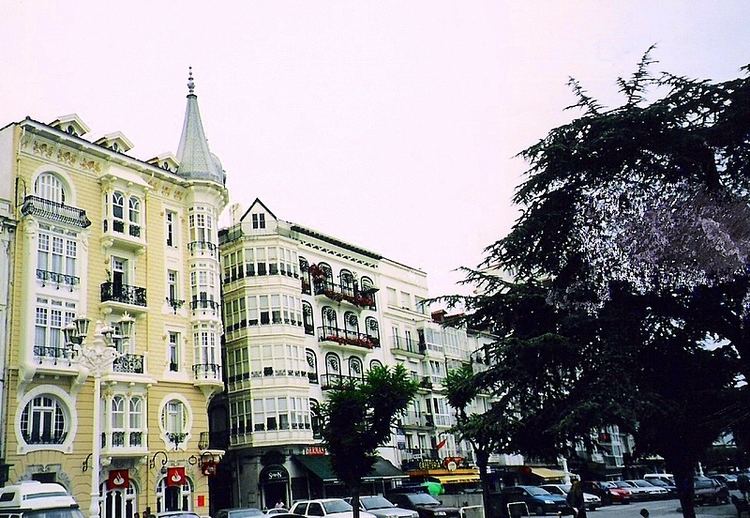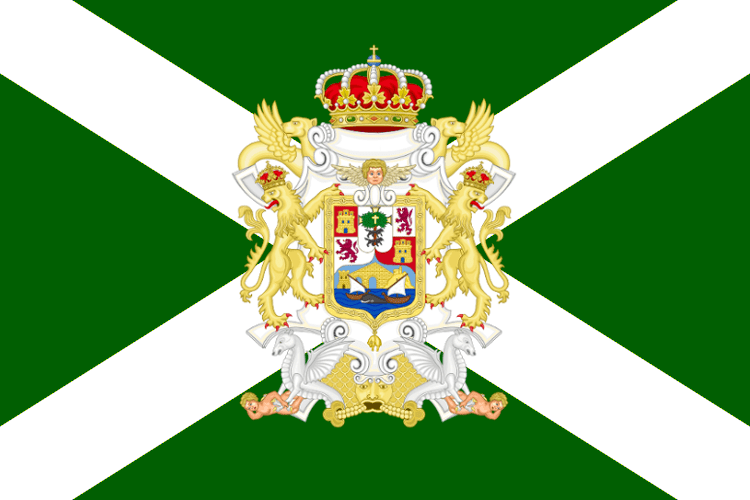Country Elevation 19 m Population 32,522 (2012) Area 96.72 km2 | Founded Flaviobriga 74 AD | |
Castro Urdiales is a seaport of northern Spain, in the autonomous community of Cantabria, situated on the bay of Biscay. Castro Urdiales is a modern town, although its castle and the Gothic-style parish church of Santa Maria de la Asuncion, date from the Middle Ages. Its chief industries are tourism, fishing, and the preservation of fish, especially sardines and anchovies, in oil. The "Lolin" and "La Castrena" anchovy canning factories serve as a reminder of the towns closeness to this industry and its proximity to the sea.
Contents
- Map of Castro Urdiales
- Saltos al agua summertime castro urdiales hd
- Skatepark castro urdiales
- History
- Main sights
- References
Map of Castro Urdiales
Tourism has greatly increased in Castro Urdiales in the last thirty years; many people from Bilbao and other parts of the Basque Country and Cantabria as well as Northern Spain in general keep summer homes in the town. Although the number of people registered in the town is around 32,000, the summer population can double or even triple this figure.The town is popular because of its beaches and scenic harbor. The commercial fishing industry is declining and may soon be eradicated completely.
Saltos al agua summertime castro urdiales hd
Skatepark castro urdiales
History

Castro Urdiales was originally called Portus Amanum, and was the chief city of the Autrigones. In AD 74 a Roman colony was established under the name Flaviobriga, during the reign of emperor Vespasian. It was most likely established to mine the abundant iron in the area.

In 1163 the town of Castro Urdiales received its municipal charter. Castro Urdiales benefited much from trade with northern Europe and Castile.
It was destroyed by the French in 1813, but was speedily rebuilt and fortified. Its rapid rise in population and prosperity dates from the increased development of iron-mining and railway communication which took place after 1879.
Main sights
The monument complex of Castro Urdiales, also known as Puebla Vieja, has medieval origins and is located near the sea. It was declared a Conjunto historico in 1978.
The Church of Santa Maria de la Asuncion is in Gothic style. Built under the protection of King Alfonso VIII of Castile in the 13th century (though it was finished in the 15th century), it is a basilica church with three naves. In the interior are the images of the White Virgin and the Reclining Christ, and three Gothic carvings of the Magi. It was declared a National Monument in 1931.
The Castle of Santa Ana is located near the port and the church of Santa Maria de la Asuncion. In modern times it housed a lighthouse.
Other sights include:
